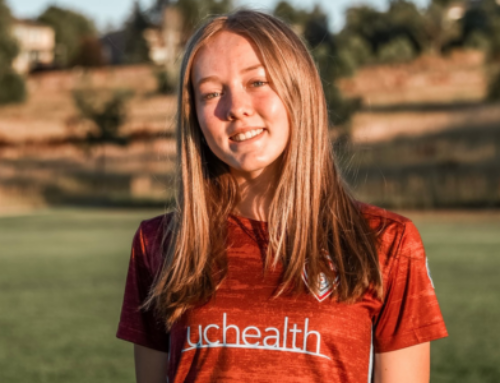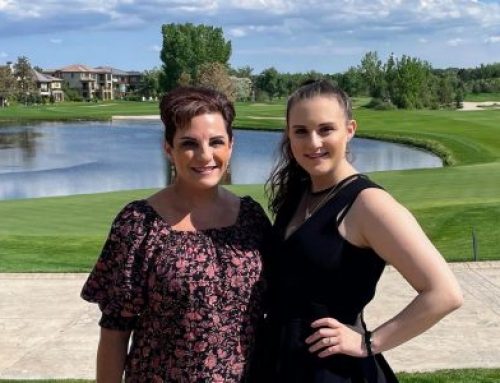A few days ago, I was reminded that 2 years ago Annie started in her first research study at the Barbara Davis Center (BDC) as a newly diagnosed child. I remember getting a phone call from a nurse asking if Annie would be interested in the study. When I asked Annie her first response was “does it help them find a cure?” I was shocked at her insight at 6 years old and I had no idea what it really meant, but I told her any study related to diabetes would benefit the community to better understand and treat diabetes better or someday prevent it. She didn’t even hesitate and said: “I’m in.”
I was somewhat 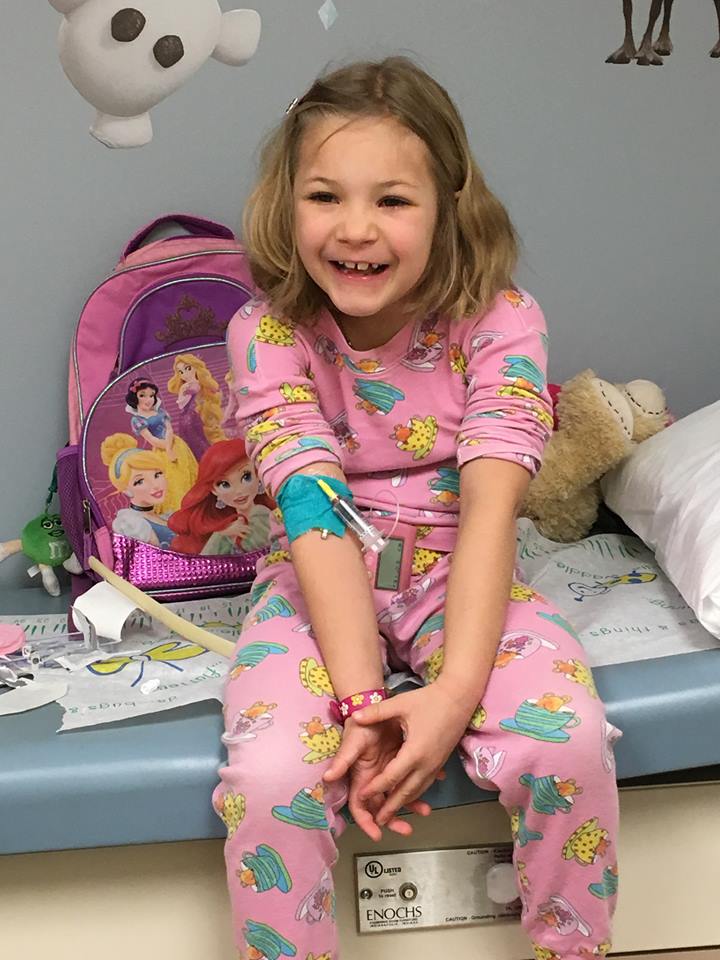 worried at the beginning because it involved an IV start and blood draws every 15-30 minutes for 3 hours. She couldn’t eat before or during it and we had to start our day at 6 am with finger pokes and an hour drive to the BDC to be there by 8 am. Yet, she did it, never once complained, didn’t flinch when they started the IV, or once say she wanted to be done.
worried at the beginning because it involved an IV start and blood draws every 15-30 minutes for 3 hours. She couldn’t eat before or during it and we had to start our day at 6 am with finger pokes and an hour drive to the BDC to be there by 8 am. Yet, she did it, never once complained, didn’t flinch when they started the IV, or once say she wanted to be done.
At first, we weren’t sure how long Annie was going to be in the study, but exactly one year after we started, the nurse informed me that Annie’s pancreas was no longer producing anything. It had quit and she was no longer able to participate in the study. I remember crying after I hung up the phone. It felt so hopeless to me in that moment. I couldn’t see a bigger picture for anyone else and it was a hard pill to swallow early on in our diagnosis. Annie was also sad because she enjoyed being a part of research and wondered if she would ever be in another study again. I remember her telling me “Mom, they can’t find a cure if they don’t know what is wrong with me.” She was desperate to be in another study.
A phone call came in November last year from the BDC, a different type of study, one that involved a laptop and a pump. We took on the challenge and Annie was thrilled. She was so willing to start in the study she didn’t care what she had to do to be in it and asked if we could go “right now” to start it. We even traveled to Texas over Thanksgiving while in the study and as a family, we figured the more we can do life like we always do, the quicker research could move along. We had to make sure we had an internet connection all night in the little hotels we stayed in at tiny Texas towns, staying on top of the site changes, doing the downloads, etc, but Annie was more than willing to be a part of it.
I remember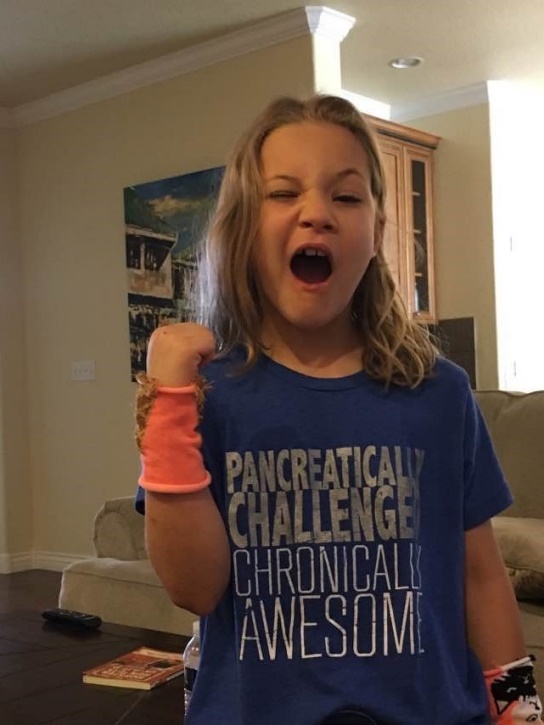 telling my husband at 2 am “this is so not worth it!” To which he responded, “this is huge. Someday this technology will be available; it will be a game changer for everyone.” Of course, he was right, but sometimes at 2 am, no matter if you are a part of a research study or not, you just wish there was a way for the disease to understand it is 2 in the morning and we all want to be asleep right now. Why can’t we just take care of this in the morning? Because we can’t.
telling my husband at 2 am “this is so not worth it!” To which he responded, “this is huge. Someday this technology will be available; it will be a game changer for everyone.” Of course, he was right, but sometimes at 2 am, no matter if you are a part of a research study or not, you just wish there was a way for the disease to understand it is 2 in the morning and we all want to be asleep right now. Why can’t we just take care of this in the morning? Because we can’t.
We have been so blessed to continue to be a part of research even today—and we take it on as a great responsibility and honor to be a part of it. Annie is now 8, currently in a study, and she doesn’t bat an eye when we tell her she needs to do something because of the study. I asked her the other day “why do you like to be in research studies.” She responded, “I like being able to help other people with diabetes.” No matter the study how small or big it might be, it all goes to a greater cause of making life easier with diabetes or preventing it for others, or maybe even someday everyone living with type 1 can say “I use to have diabetes”. How amazing would that be?
